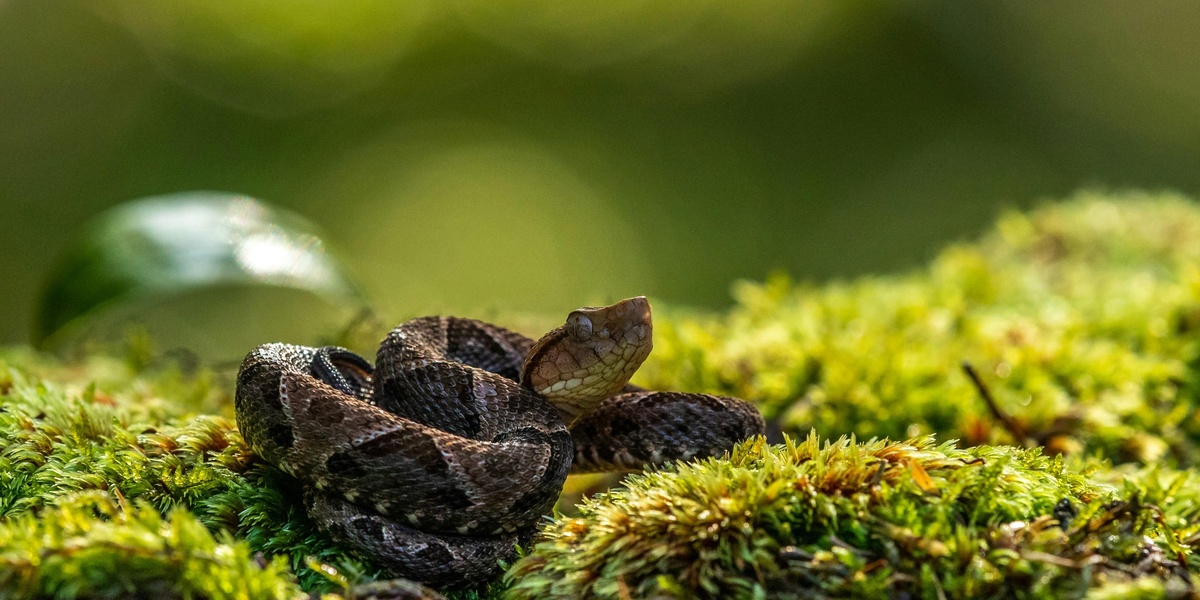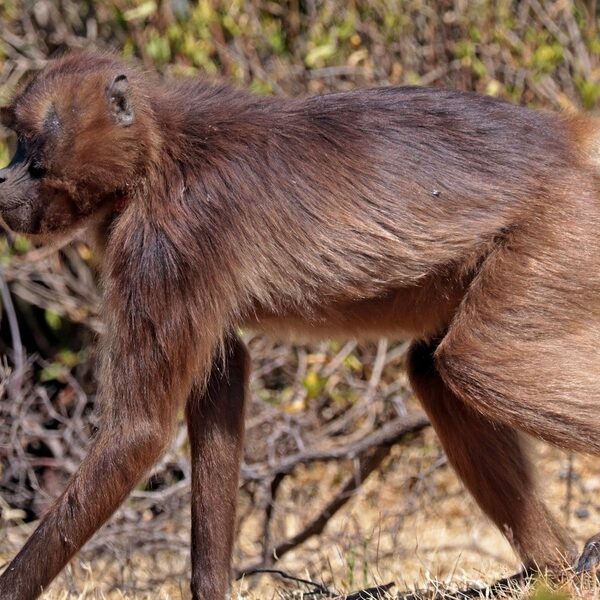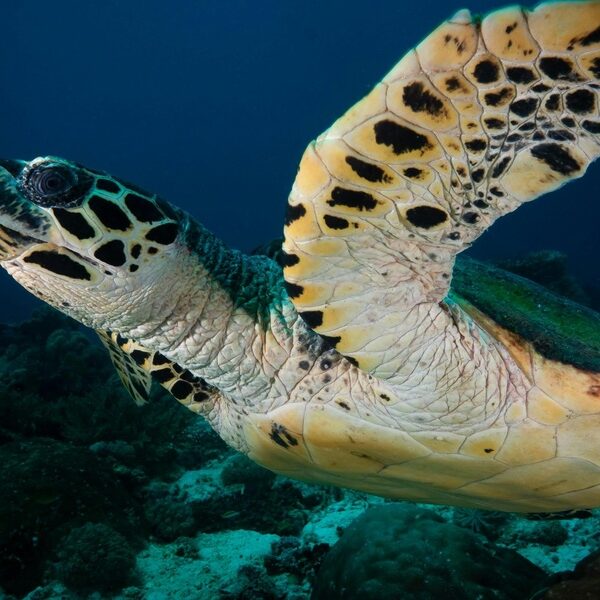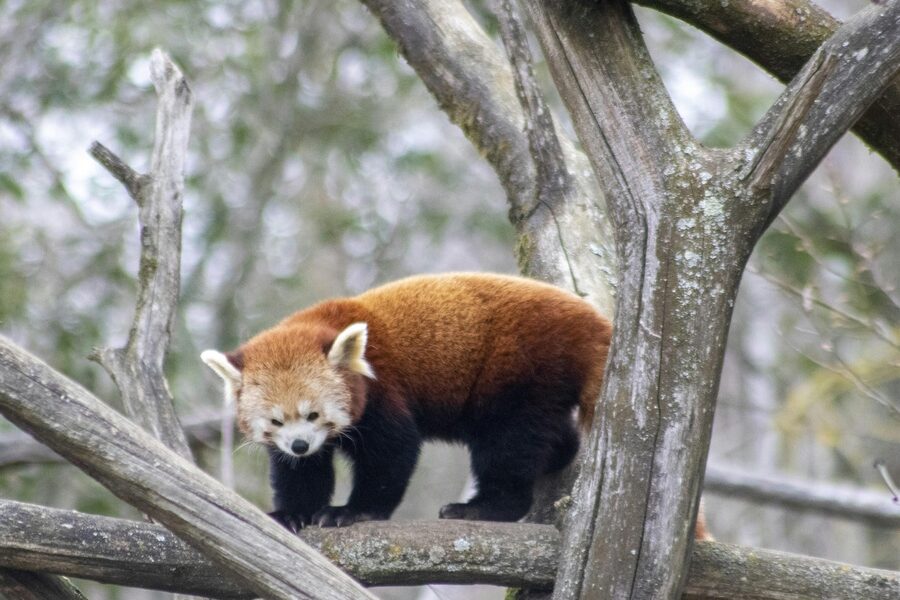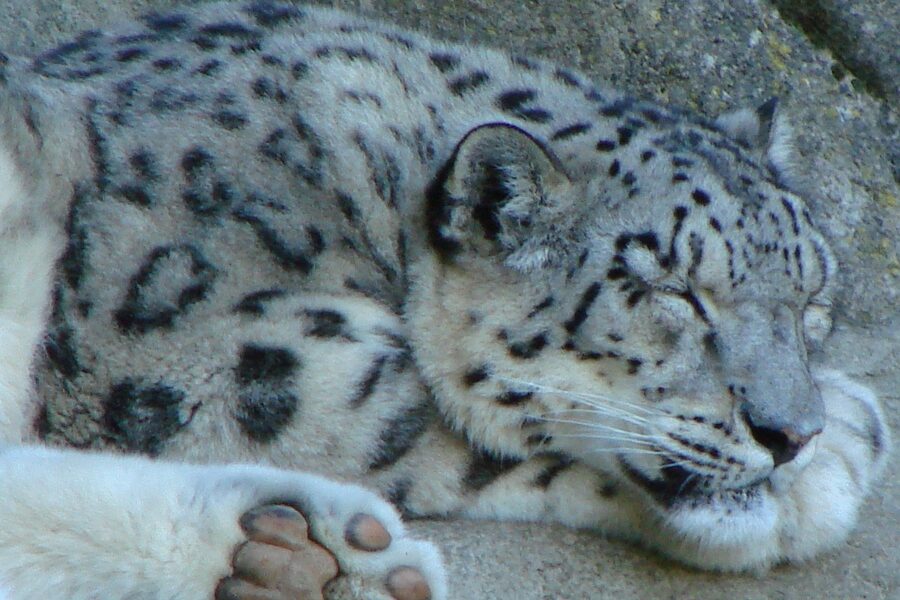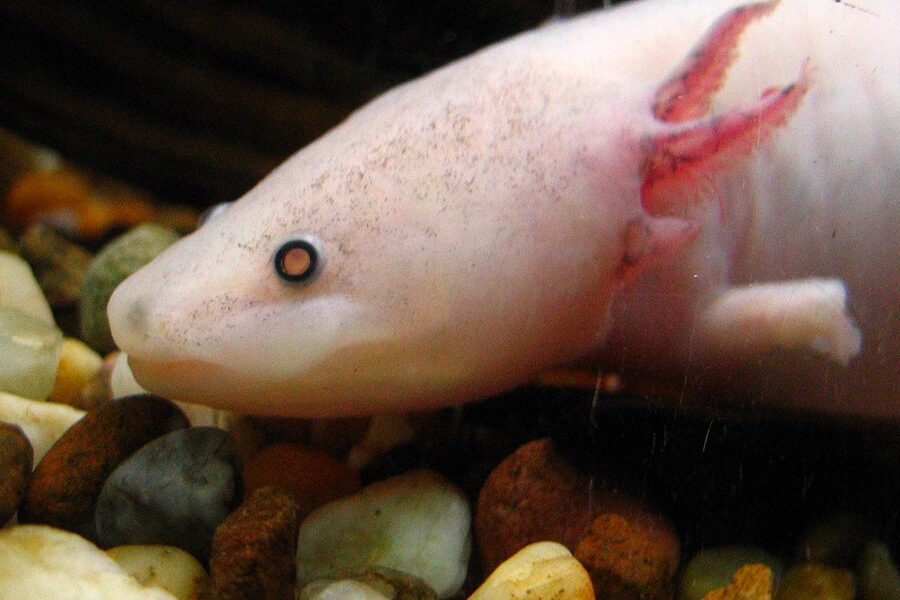Panama’s mix of rainforest, mangroves, mountains and busy coastal towns supports a huge variety of wildlife — some species are harmless, others can cause serious injury or illness. If you plan to explore trails, beaches or rural areas, a little preparation and awareness goes a long way.
There are 30 Dangerous Animals in Panama, ranging from the tiny Aedes mosquito to the large Wandering spider. Entries are organized with Scientific name,Where found (regions/habitat),Danger type & severity so you can quickly see where each species lives and how risky it is; you’ll find below.
How can I reduce my risk of bites, stings and other dangerous encounters in Panama?
Use insect repellent (DEET or picaridin), sleep under nets when needed, wear long sleeves and closed shoes in forested or brushy areas, avoid reaching into dark crevices or piling firewood, and seek medical attention promptly for serious bites, signs of infection, or suspected envenomation.
Which dangerous animals are most likely near towns and tourist areas?
Mosquitoes (including Aedes) are common in urban and peri-urban areas and pose disease risk; some spiders and scorpions can turn up in houses; larger venomous snakes and big cats are mostly rural but may appear at forest edges—stay vigilant around lights, water, and vegetation.
Dangerous Animals in Panama
| Name | Scientific name | Where found (regions/habitat) | Danger type & severity |
|---|---|---|---|
| Fer-de-lance | Bothrops asper | Caribbean & Pacific lowlands, rainforest | Venomous bite — high medical risk |
| Central American bushmaster | Lachesis stenophrys | Darién, eastern rainforest | Venomous bite — high fatality risk if untreated |
| Central American coral snake | Micrurus nigrocinctus | Lowland forest edges, agricultural areas | Neurotoxic bite — moderate to high risk |
| American crocodile | Crocodylus acutus | Pacific and Caribbean coasts, estuaries, mangroves | Aggressive predation — high injury/fatality risk |
| Bull shark | Carcharhinus leucas | Coastal Pacific, estuaries, river mouths | Aggressive bite — moderate to high risk near shallow water |
| Stingray (Atlantic/Caribbean) | Dasyatis americana | Caribbean beaches, shallow sandy seabed | Venomous spine — moderate risk of severe pain |
| Lionfish | Pterois volitans | Caribbean reefs, rocky outcrops | Venomous spines — moderate systemic risk |
| Cone snail | Conus spp. | Rocky shores, coral reefs, intertidal zones | Venomous harpoon — high risk, potentially fatal |
| Portuguese man o’ war | Physalia physalis | Caribbean & Pacific currents, open ocean | Nematocyst stings — moderate to severe allergic risk |
| Box jellyfish (Caribbean spp.) | Cubozoa spp. | Caribbean beaches, nearshore waters | Cnidarian venom — moderate to severe risk |
| Scorpion (Tityus pachyurus) | Tityus pachyurus | Lowland Pacific, Darién, tropical forest | Venomous sting — moderate to high risk, especially children |
| Wandering spider | Phoneutria spp. | Rainforest, plantations, houses at night | Venomous bite — moderate systemic risk |
| Bullet ant | Paraponera clavata | Lowland rainforest, Darién, Bocas del Toro | Extremely painful sting — low fatality risk |
| Giant centipede | Scolopendra gigantea | Rainforest floor, leaf litter, houses | Venomous bite — moderate pain, occasional systemic effects |
| Black/Brown widow | Latrodectus spp. | Urban areas, buildings, barns, forests | Neurotoxic bite — moderate systemic risk |
| Scorpionfish | Scorpaena plumieri | Coral reefs, rocky bottoms, Caribbean shallow waters | Venomous spines — moderate pain and infection risk |
| Sea snake (yellow-bellied) | Pelamis platura | Open Pacific waters, pelagic | Venomous bite — moderate to high risk to fishermen |
| Cone snail (geography repeat avoidance) | Conus spp. | Caribbean & Pacific reefs | Venomous harpoon — potentially fatal |
| Jaguar | Panthera onca | Darién rainforest, remote forested areas | Large predator attack — low frequency, high severity |
| Puma (cougar) | Puma concolor | Montane forests, Darién, forest edges | Large predator — rare severe attacks possible |
| Common vampire bat | Desmodus rotundus | Rural, livestock areas, caves | Rabies transmission — high fatality if untreated |
| Aedes mosquito | Aedes aegypti | Urban & rural, standing water | Disease vector — dengue, Zika, chikungunya (high public health risk) |
| Anopheles mosquito | Anopheles spp. | Darién, rural lowlands, freshwater | Disease vector — malaria transmission (moderate risk in endemic zones) |
| Triatomine bug (kissing bug) | Rhodnius pallescens | Rural, palm-thatched homes, Darién | Disease vector — Chagas disease transmission (chronic risk) |
| Ticks (Amblyomma spp.) | Amblyomma spp. | Forests, pastures, rural areas | Bite and pathogen transmission — moderate risk (rickettsial diseases) |
| Norway rat | Rattus norvegicus | Urban, ports, rural settlements | Disease reservoir/transmission — leptospirosis, hantavirus risk |
| Domestic dog | Canis familiaris | Urban & rural communities | Bites and rabies transmission — moderate to high risk if unvaccinated |
| Africanized honey bee (killer bee) | Apis mellifera (Africanized) | Rural & suburban, nesting in trees | Mass stinging — moderate to high risk of fatal outcomes with many stings |
| Lionfish repeat avoidance | Pterois volitans | Caribbean reefs | Venomous spines — painful, potential systemic effects |
| Coral reef toadfish (Batrachoididae venomous spp.) | Thalassophryne spp. | Caribbean reef flats, shallow water | Venomous spines — painful injuries and infection risk |
Images and Descriptions
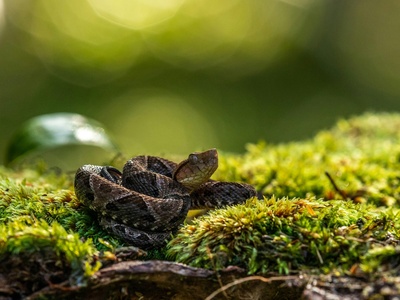
Fer-de-lance
Large, common pit viper causing most snakebite hospitalizations in Panama. Bites cause severe bleeding, swelling, tissue loss; avoid walking barefoot, stay on trails. Immediate: immobilize limb, seek antivenom; do not cut or suck wound.
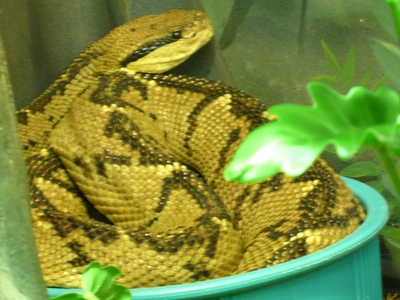
Central American bushmaster
Huge nocturnal viper in remote rainforest; rare but very dangerous envenomations reported. Avoid hiking alone at night, wear gaiters. First aid: keep patient calm, immobilize, transport for antivenom and supportive care.
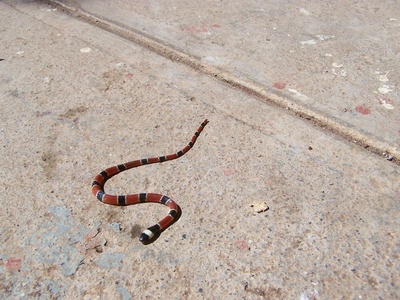
Central American coral snake
Colorful, small elapid with potent neurotoxic venom; bites often deep and painless initially. Avoid handling; keep children away. Immediate: keep still, seek urgent medical attention for antivenom and respiratory support.
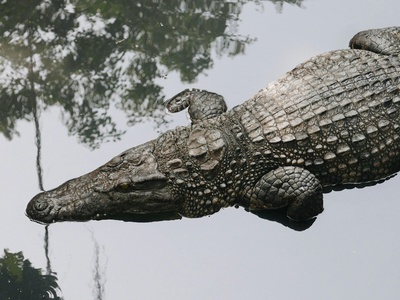
American crocodile
Large coastal crocodile responsible for fatal and severe attacks in mangrove and river mouths. Avoid swimming at dusk/dawn, heed local warnings. If attacked, fight back to eyes, get emergency surgery and antibiotics.
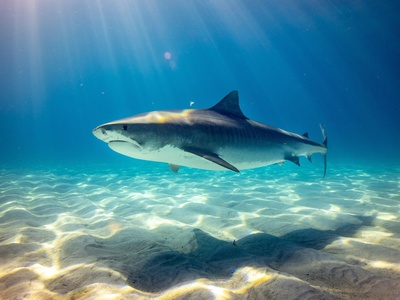
Bull shark
Bull sharks frequent shallow warm waters and rivers and have caused attacks worldwide. Avoid swimming in murky estuaries, at night, or following heavy rains. If bitten, control bleeding, apply pressure, seek trauma care urgently.
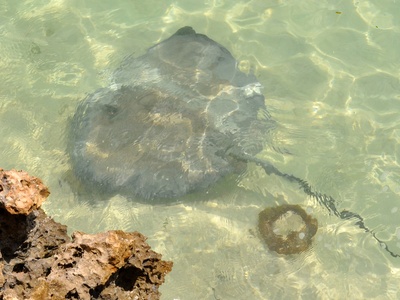
Stingray (Atlantic/Caribbean)
Buried stingrays cause puncture wounds with venomous tail spines; injuries can be excruciating and infected. Shuffle feet when wading. First aid: immerse wound in hot water to neutralize toxin, seek tetanus and wound care.
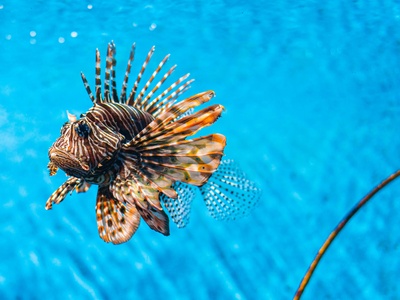
Lionfish
Invasive reef fish with venomous dorsal spines causing intense pain, swelling and rare systemic effects. Do not touch; fishermen should use gloves and tools. First aid: hot water immersion, seek medical evaluation for pain and possible antivenom research protocols.
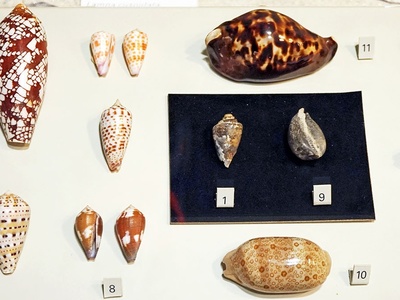
Cone snail
Predatory marine snail with neurotoxic harpoon capable of fatal stings to divers and collectors. Avoid handling live snails. Immediate: immobilize, seek urgent medical care for respiratory support; antivenom not generally available.
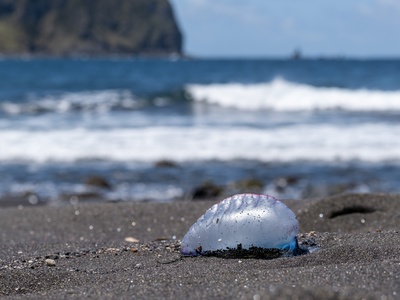
Portuguese man o’ war
Floating colonial hydrozoan causing painful stings and potential systemic or allergic reactions. Avoid swimming near blooms. First aid: remove tentacles with gloves or stick, rinse with seawater, hot water immersion, seek emergency care if breathing problems.
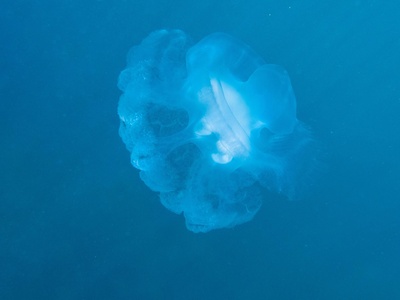
Box jellyfish (Caribbean spp.)
Small cubozoans in Caribbean waters cause intense pain and occasional severe reactions. Swim where lifeguarded, heed warnings. First aid: get out of water, rinse with seawater, seek urgent medical attention for systemic symptoms or cardiovascular signs.
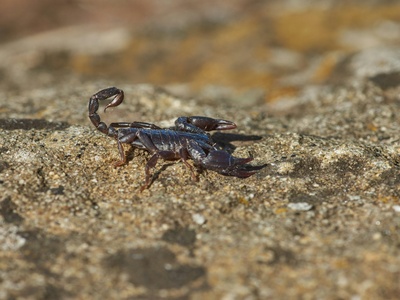
Scorpion (Tityus pachyurus)
Tityus species in Panama can deliver medically significant stings causing neurotoxicity. Check shoes and bedding, shake items. Immediate: clean wound, immobilize, take to clinic for analgesia and antivenom if severe, monitor children closely.
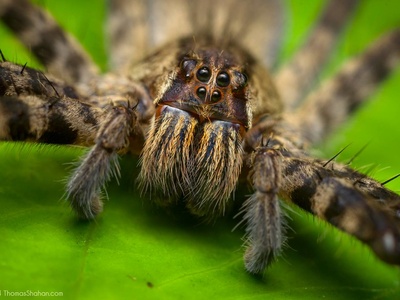
Wandering spider
Large nocturnal spiders that may enter homes; bites can cause pain, hypertension, and rarely severe systemic effects. Avoid handling, use gloves when reaching into dark spaces. First aid: calm patient, seek medical care for symptomatic treatment and possible antivenom.
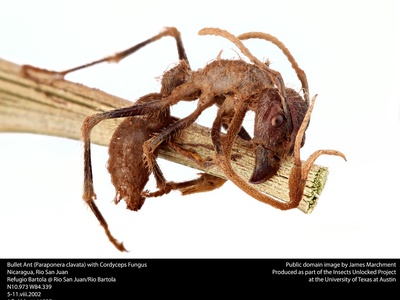
Bullet ant
Not typically lethal but sting produces excruciating, hours-long pain and systemic symptoms. Avoid stepping on logs, use gloves when handling forest debris. First aid: remove stingers, cold packs for pain, analgesics and seek care if allergic reaction.
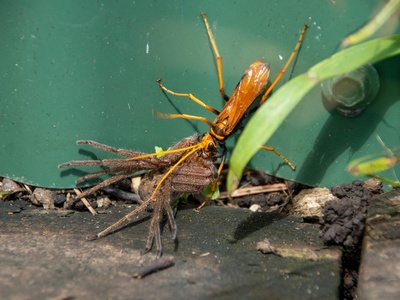
Giant centipede
Large tropical centipede capable of painful bites causing local swelling, nausea and rarely severe symptoms. Shake out shoes, avoid bare-hand handling. First aid: clean wound, cold compress, analgesics, seek care for severe reactions or infection.
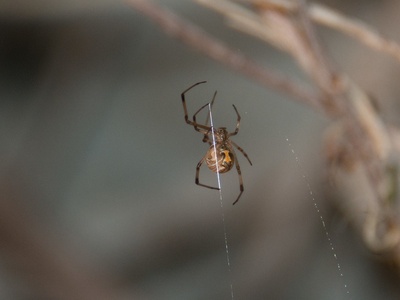
Black/Brown widow
Widow spiders occur in Panama; bites cause painful cramps, sweating and autonomic symptoms. Wear gloves cleaning sheds and debris. First aid: calm patient, pain control, seek medical care for antivenom if severe.
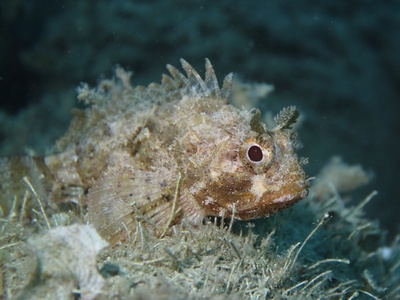
Scorpionfish
Camouflaged reef fish with venomous dorsal spines causing intense pain and possible tissue injury. Wear protective footwear and avoid touching reef fauna. First aid: hot water immersion, wound care, seek medical help for infection or severe pain.
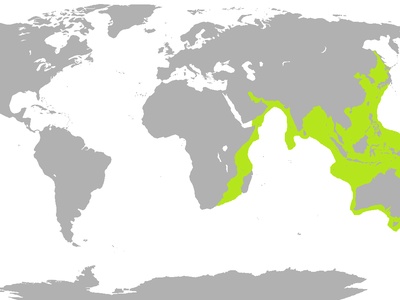
Sea snake (yellow-bellied)
Pelagic sea snakes occur offshore; bites are rare but can be life-threatening. Avoid handling caught snakes. First aid: immobilize, urgent medical evacuation for antivenom and respiratory support.
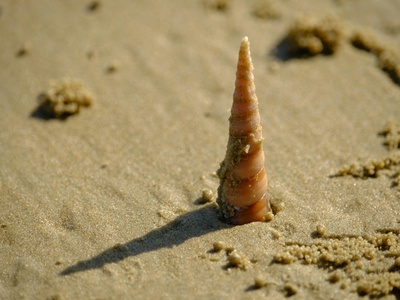
Cone snail (geography repeat avoidance)
(See Cone snail above) Avoid handling live specimens; immediate medical attention required for respiratory compromise.
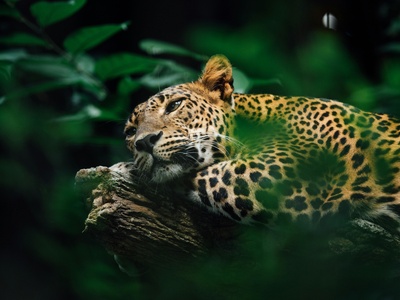
Jaguar
Top predator occasionally implicated in rare attacks on people in remote Darien. Avoid solitary night travel, keep children close in remote camps. If attacked, fight back, seek trauma care and wound infection prevention.
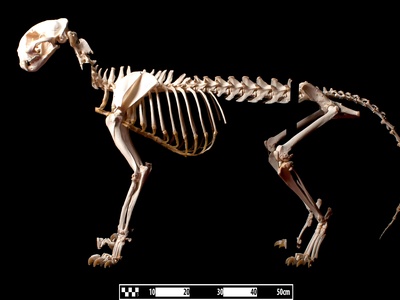
Puma (cougar)
Pumas are generally elusive but can attack livestock and rarely people. Hike in groups, avoid dusk/dawn alone. If confronted, appear large, back away slowly; if an attack, defend head and neck and seek medical care.
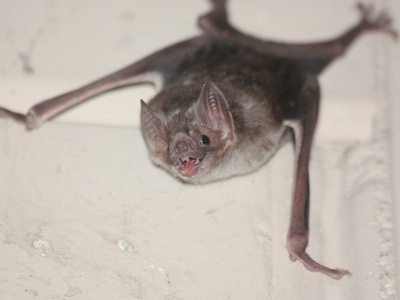
Common vampire bat
Vampire bats bite sleeping humans or livestock and can transmit rabies. Avoid sleeping outdoors without netting, secure livestock. If bitten, wash wound, seek immediate rabies post-exposure prophylaxis.
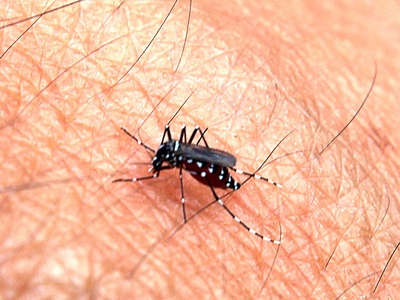
Aedes mosquito
Day-biting mosquito that spreads dengue and Zika in Panama; bites can lead to severe illness. Use repellent, nets, eliminate standing water. If fever or rash develops, seek prompt medical evaluation.
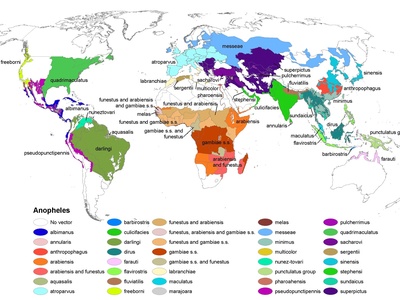
Anopheles mosquito
Night-biting mosquito transmitting malaria in parts of Panama, notably Darién. Use bed nets, prophylaxis where recommended. If febrile after travel, get malaria testing and treatment promptly.
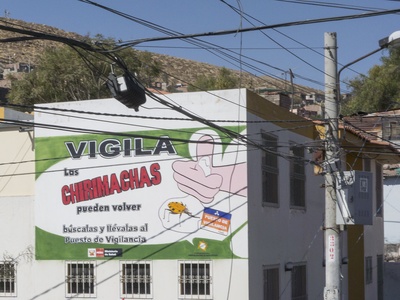
Triatomine bug (kissing bug)
Nocturnal bugs that can infect humans with Trypanosoma cruzi via feces, causing chronic cardiac disease. Improve housing, use screens, inspect sleeping areas. If exposure suspected, get testing and treatment early.
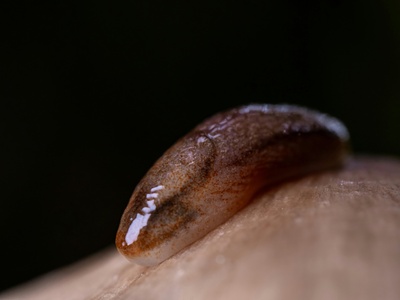
Ticks (Amblyomma spp.)
Hard ticks in Panama can transmit rickettsiae and cause severe febrile illness. Wear long clothing, check for ticks after outdoor activity. Remove ticks promptly with tweezers and seek care for fever.
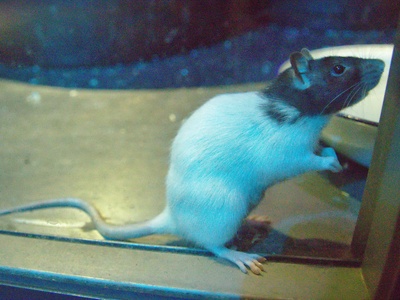
Norway rat
Commensal rats carry leptospira and other pathogens causing severe disease. Avoid contact with rodent urine, seal food and water, maintain sanitation. If exposed, seek medical attention for fever and potential prophylaxis.
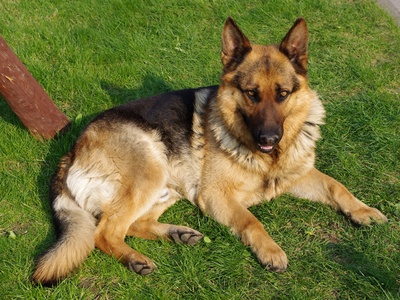
Domestic dog
Dog bites are common and can transmit rabies if animal infected. Avoid stray dogs, vaccinate pets. If bitten, wash thoroughly, get tetanus and rabies prophylaxis promptly.
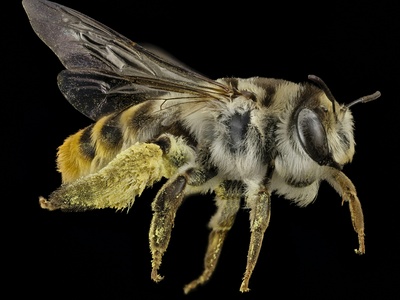
Africanized honey bee (killer bee)
Aggressive hybrid bees cause large-scale attacks especially when nests disturbed. Stay calm, run to shelter, protect face, seek emergency care for multiple stings or allergic reactions.
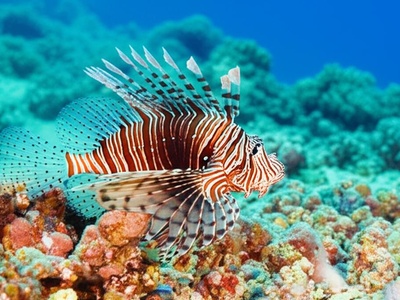
Lionfish repeat avoidance
(See Lionfish above) Do not handle live fish; hot water immersion and medical care for severe reactions.
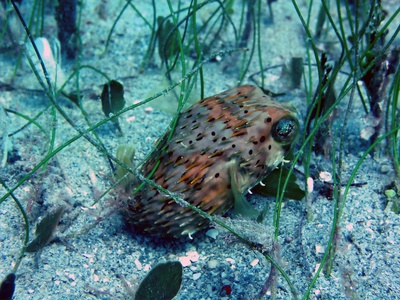
Coral reef toadfish (Batrachoididae venomous spp.)
Small reef toadfish with dorsal venomous spines can puncture feet, causing severe pain and wounds. Wear protective footwear in shallow reef areas. First aid: hot water immersion, thorough wound cleaning, medical evaluation for infection.
